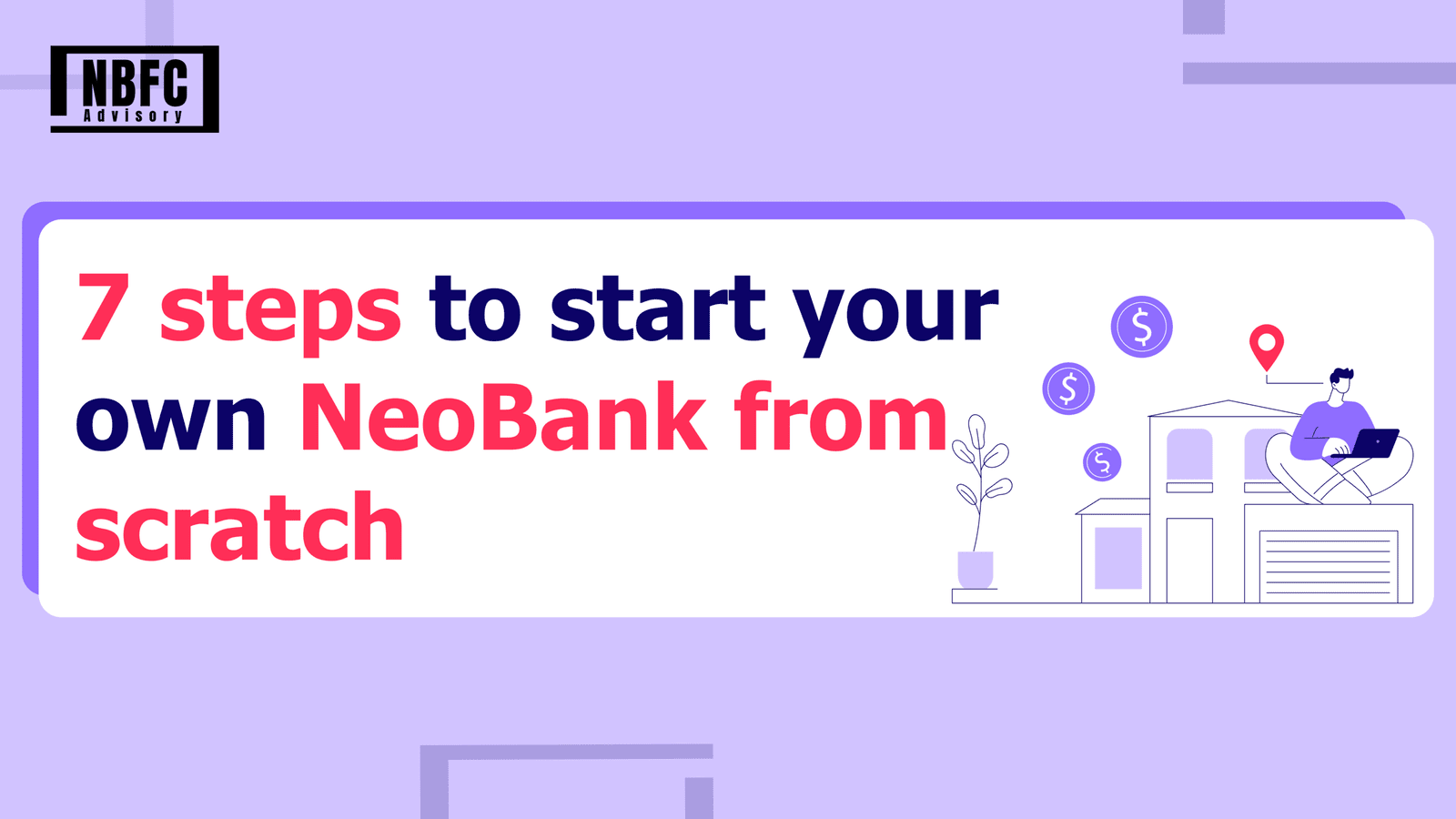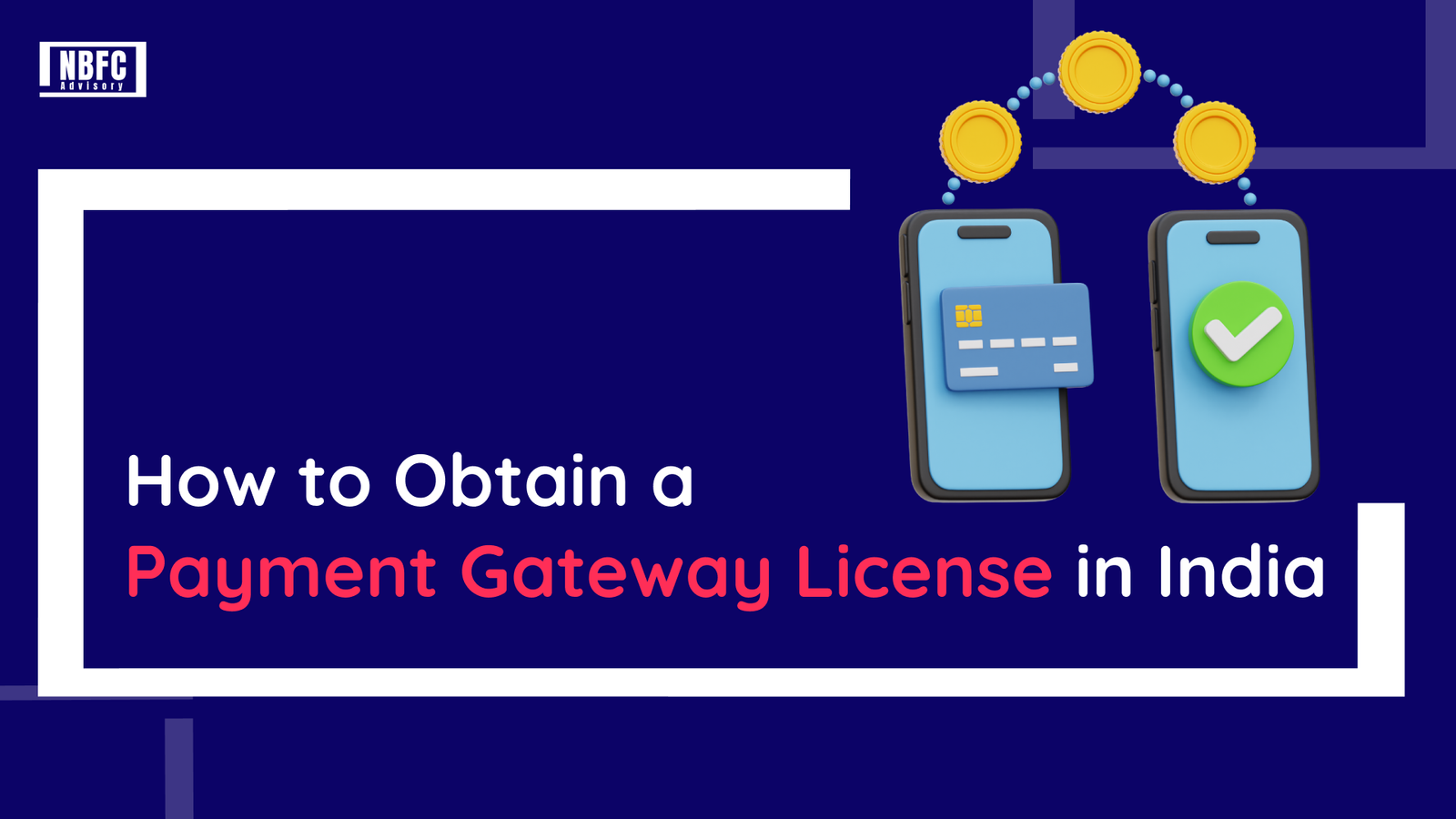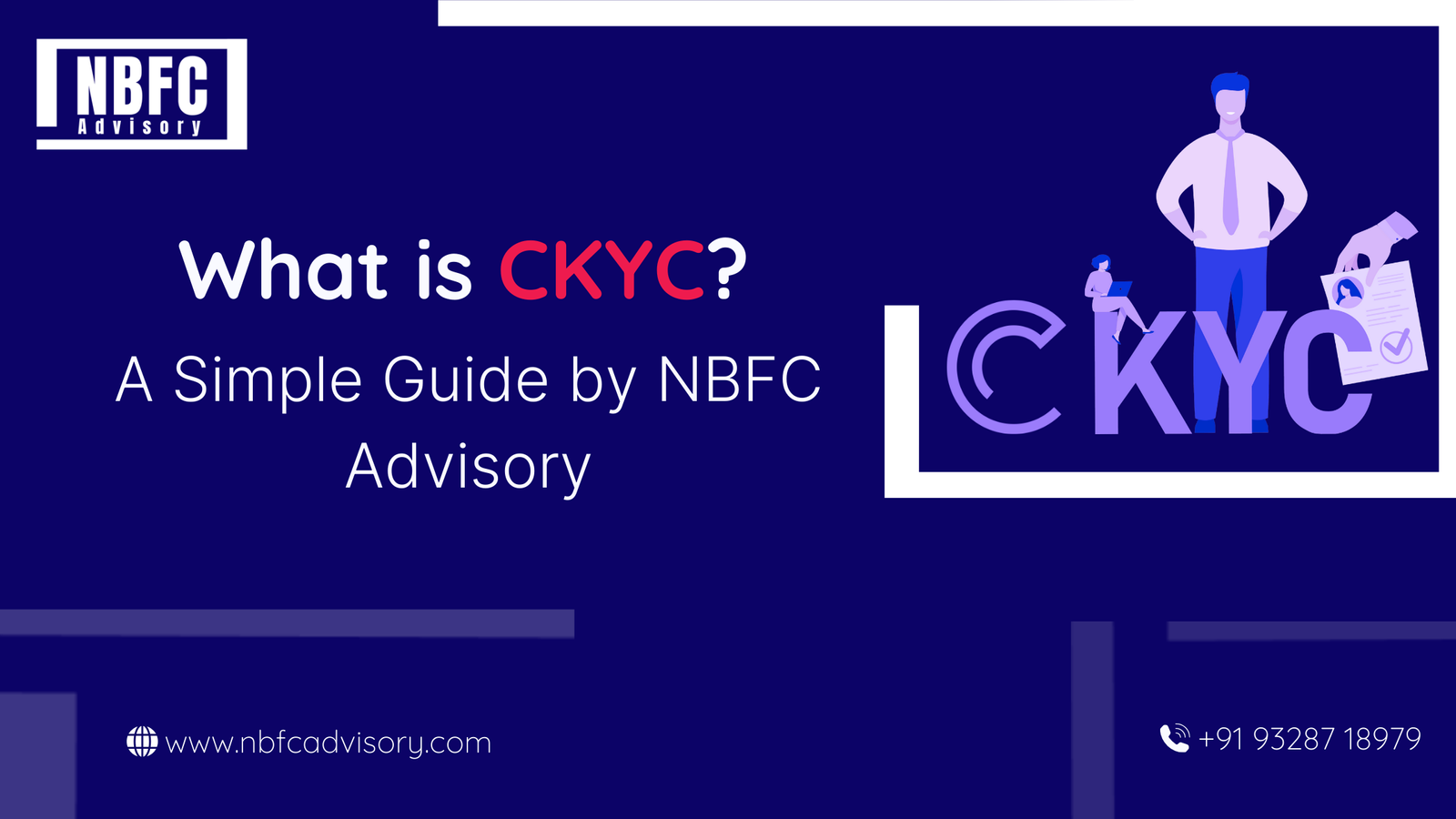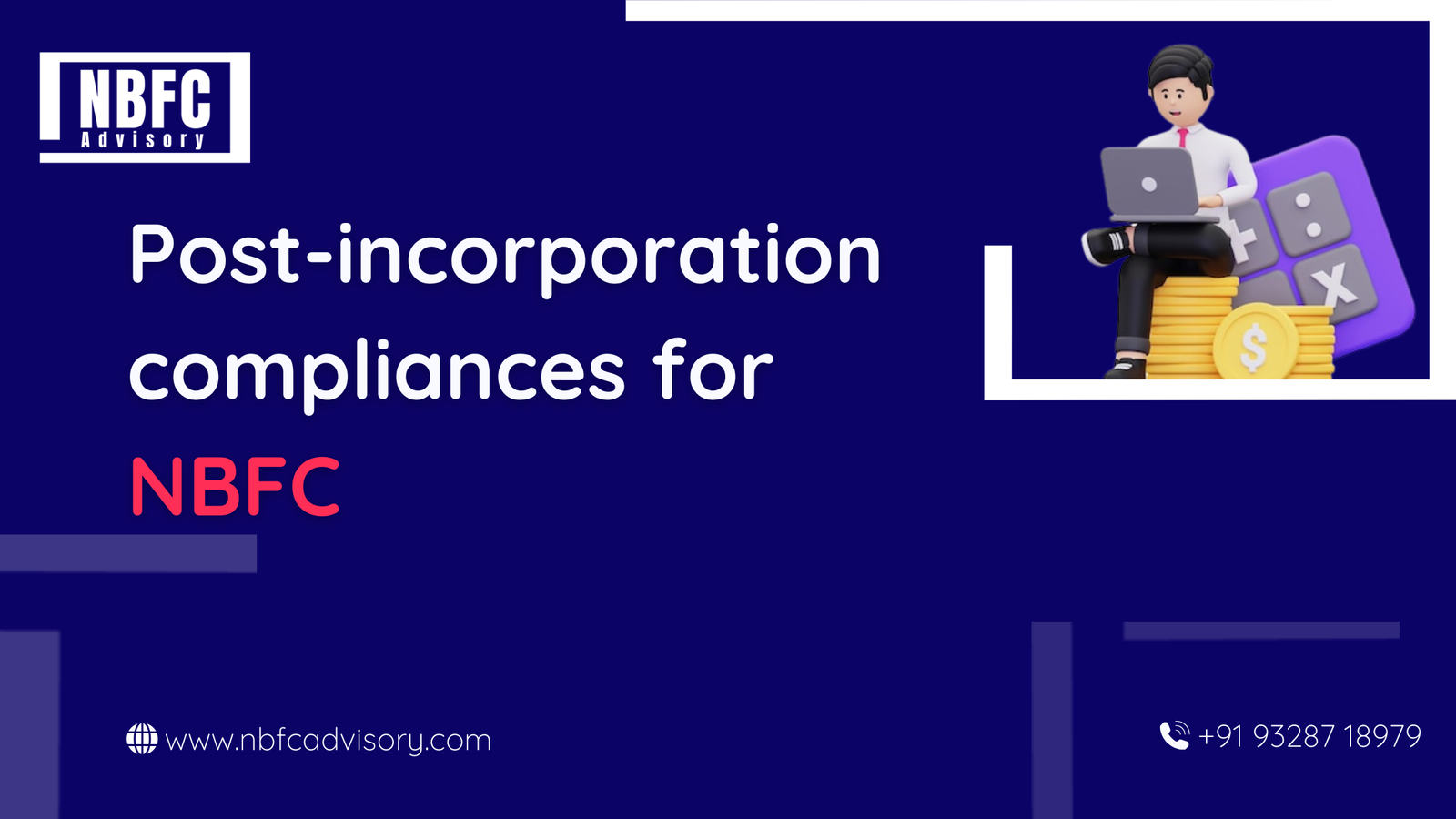Inside This Article
The Indian FinTech ecosystem demonstrates uniqueness. Its growth depends on many things. Many people help it grow, like founders, startups, customers, companies, and the government. Each one plays a big part in helping it grow.
Fintech is flourishing like never before in India. India is growing fast because of its strong digital setup, like India Stack. More and more smart people are joining the tech world, and it’s easier for businesses to get money now. All these things are helping the country move ahead quickly.
The 3rd largest fintech market in the world, India’s fintech market is estimated to grow at a CAGR of up to 31% by the year 2025. This will be remarkable as this growth rate is higher than the global growth rate.
With more than 6600 fintech startups, the Indian fintech market is worth $50 billion as of now. It is all poised to touch the magical $1 trillion figure by the year 2030. Karnataka is believed to contribute more than 50 percent of this whopping growth.
Fintech Founders Became Too Adventurous
In September 2022, big changes happened. The RBI looked closely at how some fast-growing startups were working. It found problems and took strong action. Because of this, popular startups like Slice and UNI had to stop their services. This was a big moment for the startup world in India.
This major move by the RBI forced the fintech startups to get back to the drawing board; however, this was not it. RBI’s policy also barred NBFC lenders from PPI credit instruments which also disrupted the Indian fintech market.
Key takeaways for fintech in India
After a few lapses, Paytm Payments Bank was prevented from onboarding new customers, and Razorpay had a similar experience. Despite being tough on the startups, fintechs had quite a few takeaways to learn from.
They saw two important things. First, taking shortcuts doesn’t work for long. Second, they understood how helpful it is to have expert startup advisors and experienced bankers to guide them. With the right help, they can make better choices and grow in the right way.
Key Moves by the RBI
At first, RBI’s changes in the credit world made things feel uncertain. But soon, fintech companies understood that they had no choice but to follow the new rules that came after RBI stepped in. They realized that following these rules was the only way forward.
1. Restricting the roles of marketing partners
Fintechs kept launching co-branded cards in association with banks before the central bank tightened data-sharing rules and also restricted the role of marketing partners with lenders.
2. Elimination of intermediaries
Management of the flow of funds being a major concern, RBI eliminated the involvement of intermediaries to facilitate the flow of funds between the lender and the borrower. Not long ago, fintechs were involved in managing the payouts for NBFCs and banks.
3. FLDG arrangements
FLDG stands for ‘First loan default guarantee.’ It is an arrangement between two regulated entities. New digital lending norms mandate FLDG structures to adhere to securitization rules.
4. Credit through prepaid cards
RBI announced in June 2022 that credit could not be granted through prepaid cards. Furthermore, RBI advised the players to apply for a credit card license if they wish to venture into the instant-credit business.
Key RBI Rules That Affected FinTech in 2022
What Changed and What It Meant
In 2022, the Reserve Bank of India (RBI) made new rules for FinTech companies. These rules were made to protect people and make online money services safer. Many companies had to change the way they worked. Let’s look at the big changes:
1. No More Credit on Prepaid Cards
What changed:
FinTech companies were giving small loans through wallets and prepaid cards. RBI stopped this.
What it means:
Now, only real credit cards can be used for giving loans. Some companies like Slice had to stop their services.
2. FLDG Rules Got Stricter
(FLDG means First Loan Default Guarantee)
What changed:
Earlier, FinTechs promised to pay if a loan was not paid back. This helped them work with lenders. RBI said this is risky and made new rules.
What it means:
Only banks or finance companies can now make such deals. FinTechs must follow stricter rules.
3. New Digital Lending Rules
What changed:
RBI gave new rules for apps that give loans online.
Main rules:
- Money must go from bank to customer directly. No app can hold the money.
- Apps must show all charges and details before giving the loan.
Customers can cancel loans early without a fine. - Apps must ask before using personal data.
- Apps must have a help officer to solve customer problems.
What it means:
Some apps had to stop working for some time. Many had to fix their systems to follow these rules.
Read Our Article: How to Set Up Digital Lending in India
4. Limits on Marketing Partners
What changed:
Some apps were making cards with banks and sharing customer data. RBI said this should stop.
What does it mean:
Apps must now follow rules and cannot give out loans or cards without being fully checked. Data sharing is now controlled.
Rules for Digital Lending
In 2022, the Reserve Bank of India (RBI) made new rules for apps and websites that give loans online. Many people were using these apps, but there were some problems. So, the RBI stepped in to make things safer for users.

Here’s what changed:
- Money must go straight to the borrower: The RBI said that only banks or registered finance companies can give and take loan money. Apps can’t hold or move the money anymore.
- Clear loan details: Loan apps must clearly show all charges — like interest, fees, and how long the loan lasts. People should know what they’re signing up for.
- Exit option: Borrowers should be able to cancel a loan soon after taking it — without paying a fine.
- Ask before taking data: Loan apps must ask for your permission before using your personal details like contacts or messages.
- Someone to help: All apps must have a helpline officer whose name and phone number are easy to find if customers have problems.
What Happened After These Rules?
- Some loan apps had to stop working for a while. They had to fix their systems to follow the rules.
- Small companies found it hard. They had to spend more money on legal and tech support to meet RBI’s rules.
- Good news – The rules made people feel safer. Now, more users trust apps that follow the RBI’s laws.
- Apps now work closely with banks or NBFCs. They can’t do it alone anymore.
- Investors became careful. They now ask if apps follow RBI rules before giving them money.
Conclusion
The new guidelines and policies rolled out by the RBI in 2022 for fintechs are aimed at preventing unrestricted engagement of 3rd parties, data privacy breaches, unfair business conduct, and misselling. The fintech market is expanding exponentially, and the new guidelines will force new startups to be more cautious than ever before.
Hope you found the post useful. For more information related to fintech startup registration rules, feel free to connect with NBFC Advisory.
Know More:
How to Start a Fintech Company in India
How to Set Up a Fintech Company
👉 Book a Free Consultation For more information related to fintech startup registration rules.
📞 Call NBFC Advisory: +91 93287 18979
🌐 Visit: nbfcadvisory.com







